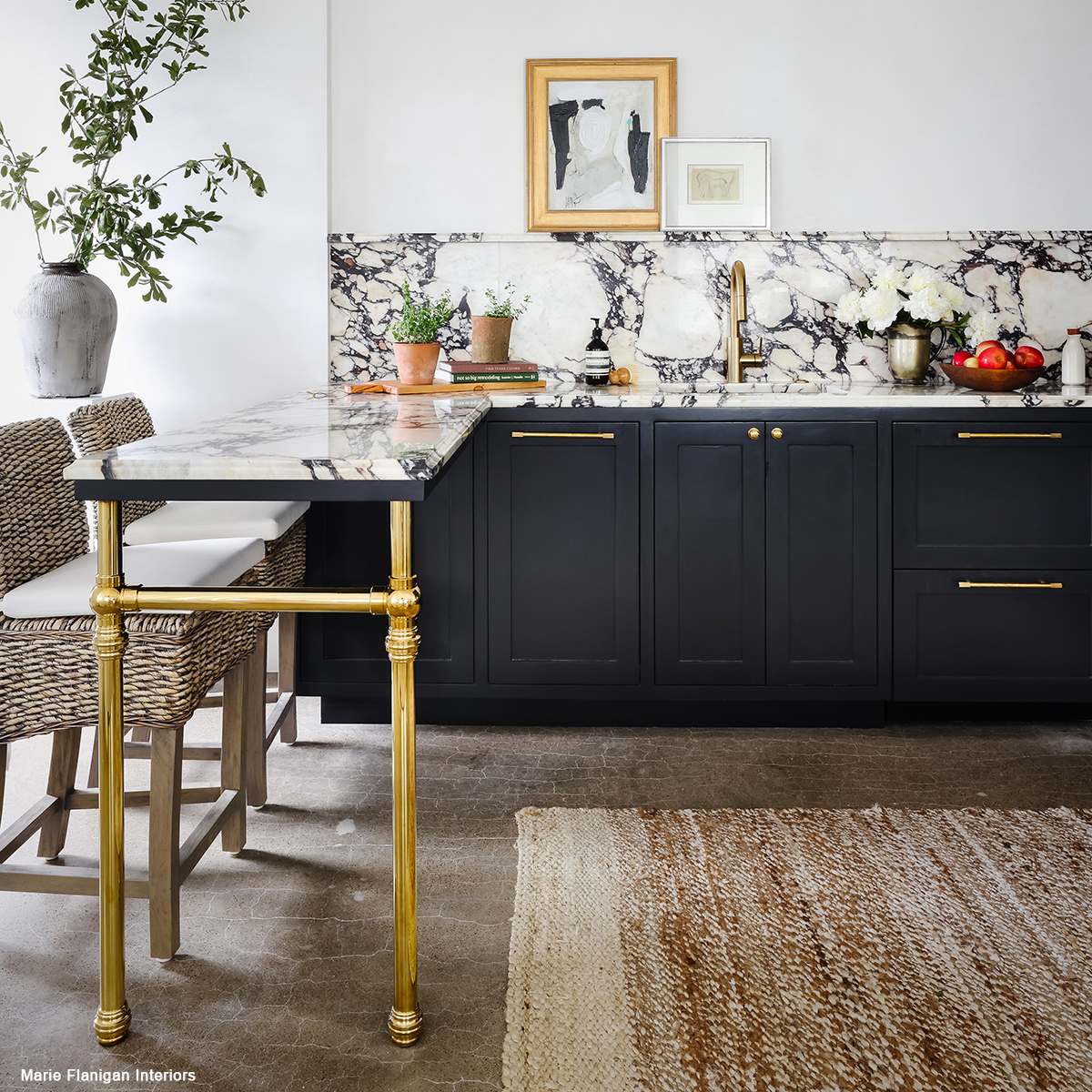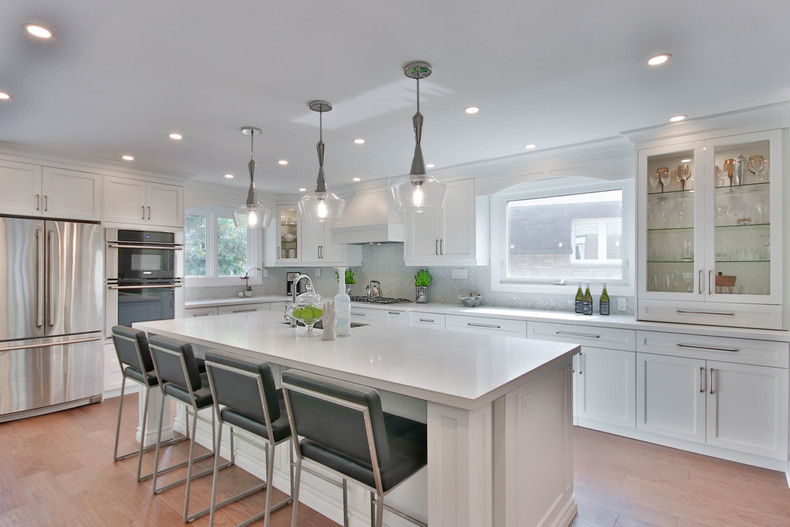Checking Out the Numerous Designs of Legs For Cooking Area Island: What You Required to Know
In the world of cooking area style, the option of legs for your island is more than a plain aesthetic choice; it considerably influences both design and usefulness. Industrial styles can pass on a rugged personality, while rustic farmhouse legs stimulate a sense of heat and custom.
Modern Steel Legs
Modern metal legs have come to be a popular choice for kitchen islands, supplying both toughness and a sleek visual. These legs are generally crafted from materials such as stainless-steel, light weight aluminum, or wrought iron, making them resistant to damage, which is important in a high-traffic area like the cooking area. Their robust building guarantees stability, fitting the weight of heavy kitchen counters and everyday use.
Along with their stamina, modern-day steel legs come in numerous layouts, from minimalist to commercial styles, permitting homeowners to tailor their kitchen area islands to their distinct tastes. The reflective surface areas of steel can add a contemporary touch, enhancing the total illumination of the kitchen space. Moreover, metal legs can be paired with a variety of countertop materials, balancing seamlessly with granite, quartz, or perhaps reclaimed timber.
Another advantage of steel legs is their convenience of maintenance; they can be simply wiped to remove any kind of spots or spills, making certain durability and tidiness. In general, contemporary metal legs not only offer architectural support for cooking area islands however also contribute substantially to the visual allure, making them a favored alternative for modern kitchen styles.
Conventional Timber Legs

Traditional wood legs can take different kinds, consisting of turned, tapered, or square styles. Transformed legs feature a spherical profile with elaborate outlining, adding a touch of elegance. Conical legs, on the various other hand, give a more structured appearance while maintaining a typical ambiance. Square legs supply a durable appearance, which can create a feeling of stability and weightiness in the layout.
Moreover, wood legs can be discolored or painted to match existing cabinets or decor, supplying customization choices that improve the general visual of the cooking area. Matching these legs with a timber kitchen counter or various other wooden aspects can create a cohesive look, emphasizing the heat and personality that typical wood brings to cooking area islands. Thus, standard wood legs remain an ageless selection for those looking for beauty and functionality in their kitchen design.
Industrial Design Legs

The flexibility of industrial legs enables them to enhance a selection of kitchen counters, from recovered wood to brightened concrete. Their fundamental strength makes certain resilience, making them ideal for sturdy usage. Additionally, the minimalist style commonly linked with industrial design legs can improve the general area without overwhelming it.
Industrial legs can be incorporated into numerous kitchen area configurations, from open-concept areas to more portable styles. Ultimately, commercial style legs can change a kitchen area island into a declaration piece, marrying form and feature in a harmonious way.
Rustic Farmhouse Legs
Rustic farmhouse legs symbolize a charming blend of custom and warmth, making them a popular choice for kitchens that look for to stimulate look here a relaxing, inviting atmosphere. Identified by their strong building and natural products, these legs often feature timber with a distressed surface, showcasing the beauty of blemishes that includes age. This visual not only strengthens the farmhouse design but also includes character and credibility to the cooking area space.
Normally, rustic farmhouse legs are created with durable, beefy accounts that offer substantial support for the cooking area island. Commonly crafted from recovered timber, they contribute to a sustainable layout while supplying a special tale via their diverse structures and tones. The all-natural grain patterns and knots discovered in these materials improve the aesthetic allure and bring a sense of nature indoors.
Along with their visual value, rustic farmhouse legs can be coupled with various tabletop products, such as butcher block or rock, creating a harmonious balance in between rustic charm and modern capability. This versatility allows homeowners to tailor their cooking area islands according to individual preferences, guaranteeing that the area remains both practical and stylish for everyday usage.
One-of-a-kind Ornamental Legs
Often neglected, one-of-a-kind ornamental legs can transform a typical kitchen area island into a statement item that reflects specific design and imagination. These legs serve not just as structural assistances however additionally as imaginative expressions that boost the total visual of the cooking area.
Readily available in a variety of designs, special decorative legs can range from complex wrought iron scrollwork to strongly turned wood patterns. For those leaning in the direction of a much more modern appearance, sleek metal legs in geometric forms can supply a minimalist yet eye-catching appeal. Alternatively, recovered timber legs with artisanal outlining bring heat and personality, straightening with lasting design concepts.
Including distinct decorative legs right into your cooking area island permits endless modification. Shade, appearance, and type can be manipulated to go now balance with existing design or to present an interesting comparison. As an example, matching a rustic wood top with refined brass legs develops a click to read more striking juxtaposition that attracts the eye.
Inevitably, selecting distinct attractive legs is a chance to express individual taste while ensuring performance. By prioritizing both layout and toughness, property owners can create a cooking area island that not only stands out however also acts as a practical focal point for culinary ventures.
Verdict
Modern metal legs provide a sleek look, while typical timber legs offer warmth and personality. Industrial-style legs introduce a city allure, and rustic farmhouse legs highlight all-natural appeal and sturdiness.
A range of conventional wood legs can improve the appeal and heat of cooking area islands, appealing to homeowners that choose a timeless visual. Combining these legs with a timber countertop or other wood components can produce a natural look, emphasizing the warmth and character that typical wood brings to kitchen area islands. Modern metal legs supply a smooth look, while traditional wood legs use heat and character. Industrial-style legs introduce a metropolitan allure, and rustic farmhouse legs highlight natural elegance and toughness. Unique decorative legs serve as a way of personalization, ensuring that the kitchen island not only supports functional use but also boosts the total layout of the kitchen.